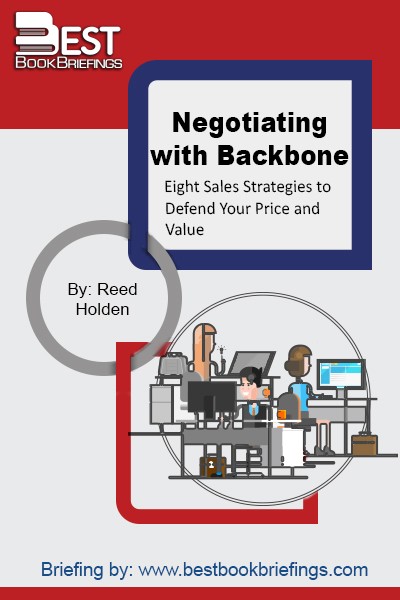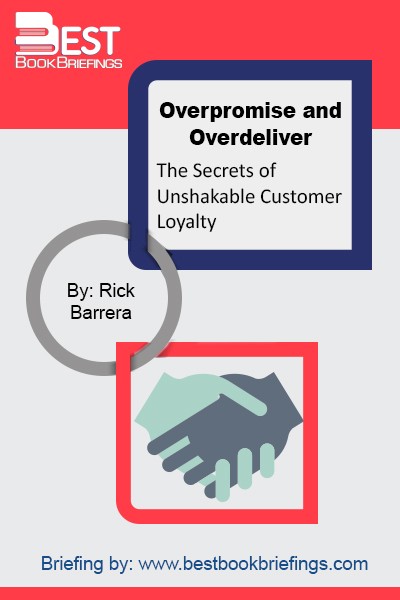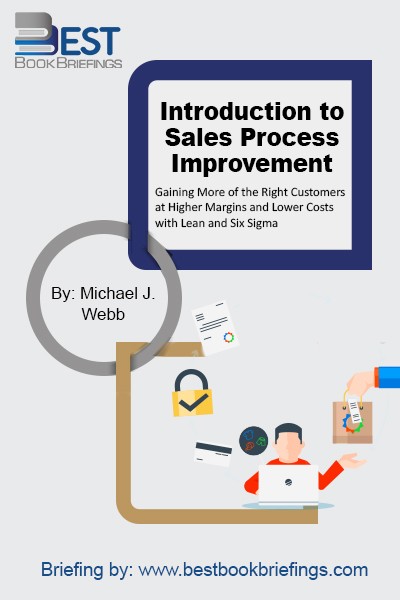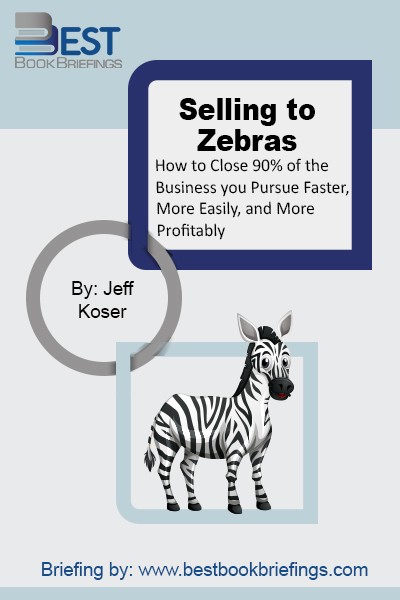Pricing with Confidence
10 Ways to Stop Leaving Money on the Table
Number of pages: 240
Publisher: Wiley
BBB Library: Sales and Marketing, Corporate Success
ISBN: 9780470197578
Editorial Review
In Pricing with Confidence, pricing gurus Reed Holden and Mark Burton offer a radically different solution—one that actually builds revenues and profits without lowering prices. The key? Linking prices to the value delivered. The real trick is to bring people from marketing, product development, sales, and senior management into the process of discovering and defending the value you create for customers.
Book Reviews
Books on Related Topics

We all negotiate on a daily basis. We negotiate with our spouses, children, parents and friends. We negotiate when we rent an apartment, buy a car, purchase a house and apply for a job. The ability to negotiate might be the most important factor in your career advancement. Negotiation is also

Sales professionals now confront the most serious threat to their success. Regardless of their size, industry, country, customer type, nature of the relationship or amount of value they provide, sales professionals are finding that purchasing decisions are increasingly being limited by procurement. The modern procurement function is purchasing on steroids. Where

In the overcrowded world of goods, products and services, it’s far from an easy task to have your commodity stand out as the leader of the pack. In the marketplace today, everything is “better”; all foods ‘taste better’ all cars ‘drive better’ and all technologies are wired to ‘work better’. But

Marketing and selling often represent about half of the costs incurred in any business. There is enormous, and largely unseen, opportunity in most business to improve the performance of marketing, selling and servicing. Yet this world is comprised of human beings where perceptions and emotions rule.

Salespeople are like lions hunting for their prey; experienced lions do not waste their time and energy over many scattered opportunities. Rather, they focus on the prey that is worth their energy, such as zebras. Therefore, “zebras” are a metaphor for the “right” prospects because they are “unique” in the sense



